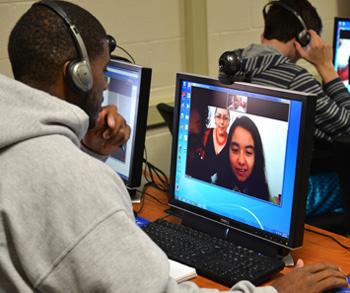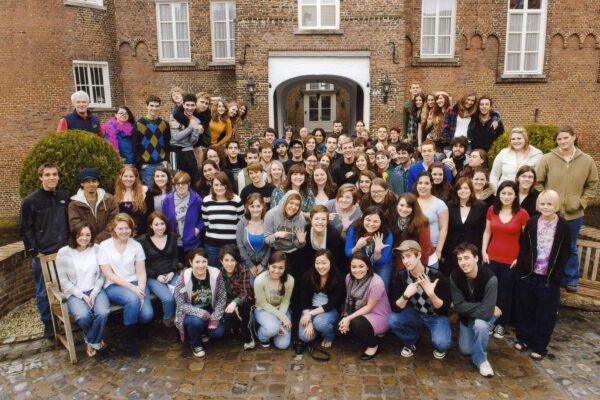The Role of Designing Inclusive Learning and Employment Records Platforms to Address Inequity
Title: Inclusive Design Principles for Learning and Employment Records: Co-Designing for Equity
Authors: Sarah Cacicio, Brian Tinsley, Antionette Miller, and Christina Luke Luna
Education, business, and government and other sectors increasingly are finding new ways to integrate digital technologies to better serve employees. A new report from Digital Promise explores how Learning and Employment Records (LERs) can be used for greater equity in education and the workforce.
Given the more skills-oriented future of work, LERs (digital records of an individual’s employment history, skills, competencies, and credentials) could be useful to connect experiences across one’s education and career trajectories. However, to leverage LERs to address inequity, these platforms must be designed to consider the experiences of those most marginalized in our workforce and education systems.
The research team conducted design sessions and a survey to place the experiences and needs of historically marginalized populations—especially Black and Latina women—at the center of developing inclusive design principles. Five principles emerged to better address issues of accessibility, discrimination, value, and usability for today’s workers:
- Help individuals demonstrate evidence of skills and competencies in addition to their work history. This includes giving end users the ability to communicate their skills across their career trajectory, enabling workers to verify and certify skills they have acquired, and providing opportunities for credentials to be self-issued or endorsed by third parties.
- Help individuals demonstrate progress over time. Platforms should be designed to capture acquisition of skills and progress of learning over time and give individual’s the ability to present their interests and aspirations for future learning.
- Provide individuals with control over how their information is presented and shared. Platforms should give individuals the ability to choose who has access to their personal information to avoid bias; and give users the ability to edit or hide information as they see fit.
- Address safety and privacy concerns, especially for historically and systematically marginalized individuals. To protect individuals using services, platforms should be clear about use of information, communicate limitations and benefits of using the platform, and provide users with access to free and accessible resources and technical assistance.
- Prioritize lifelong access and ease of use. To ensure the long-term use of platforms, individuals should be able to maintain access to their records beyond affiliation with an institution or organization. Platforms should be easy to use and free of jargon.
The report concludes with examples of user profiles for LER developers to better understand the educational experiences and career trajectories of individuals who may not hold traditional pathways to employment. Next steps for greater integration of these principles include identifying barriers to use of digital technologies and engaging with LER pilot programs to assess accessibility and usability.
To read the full report, click here.
—Danielle Melidona
If you have any questions or comments about this blog post, please contact us.


